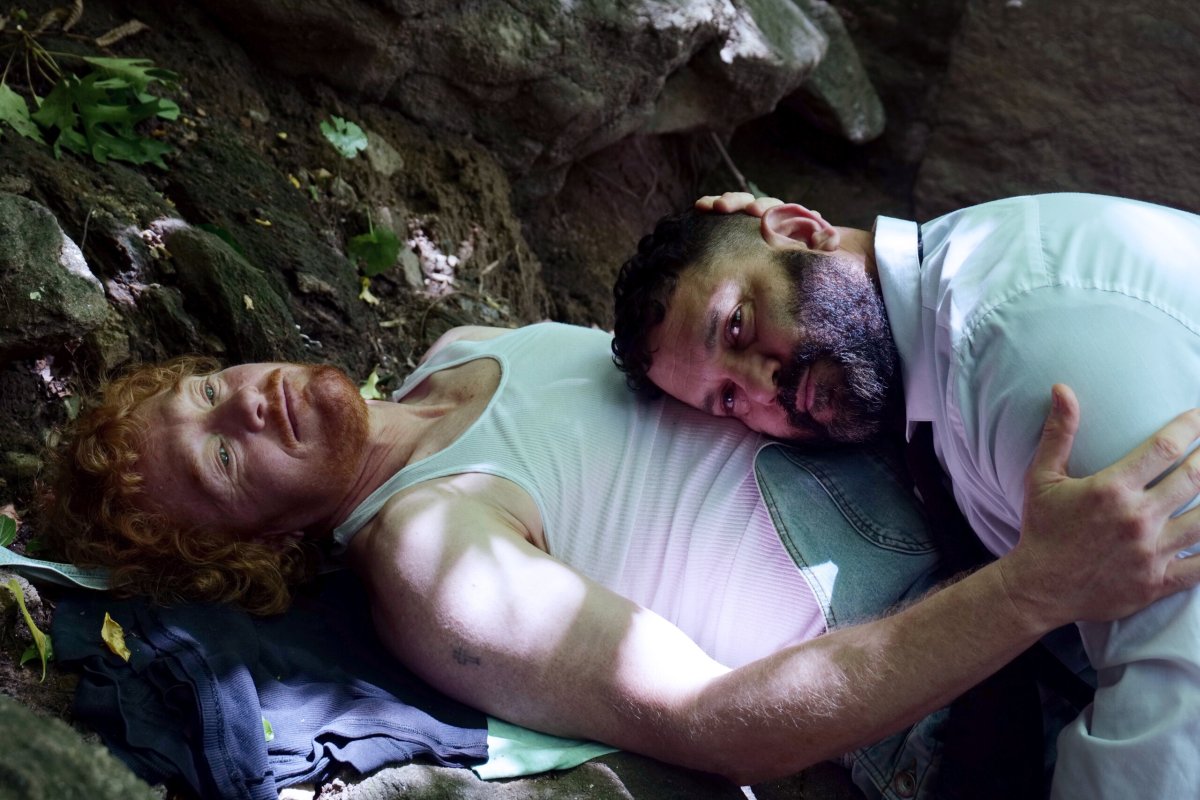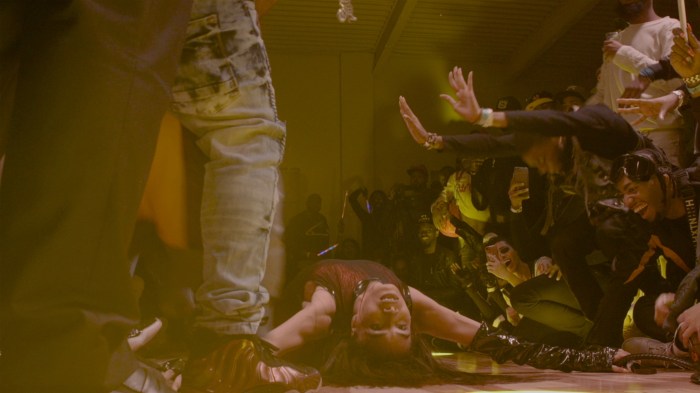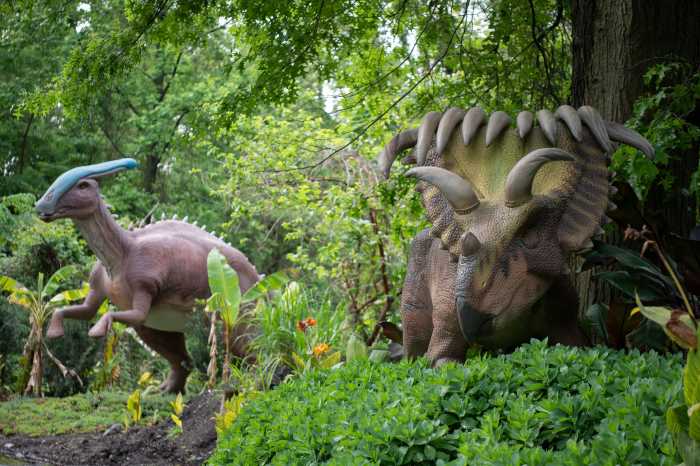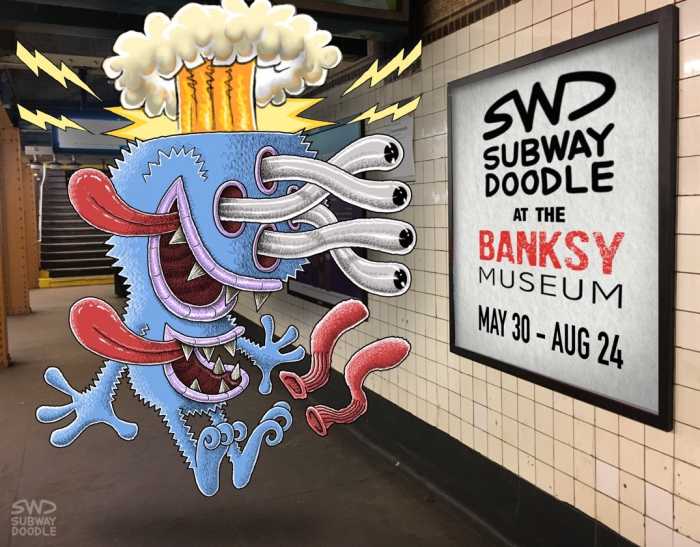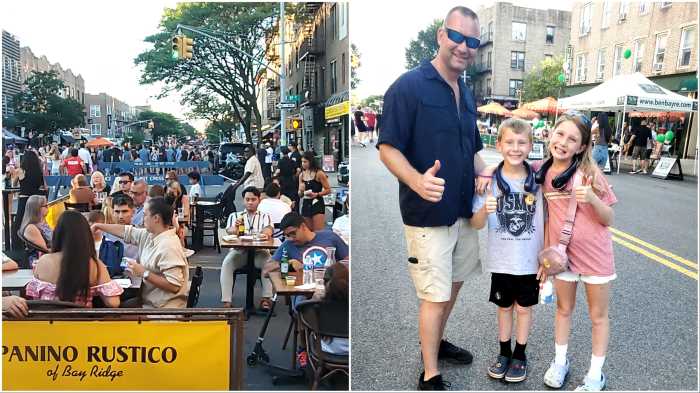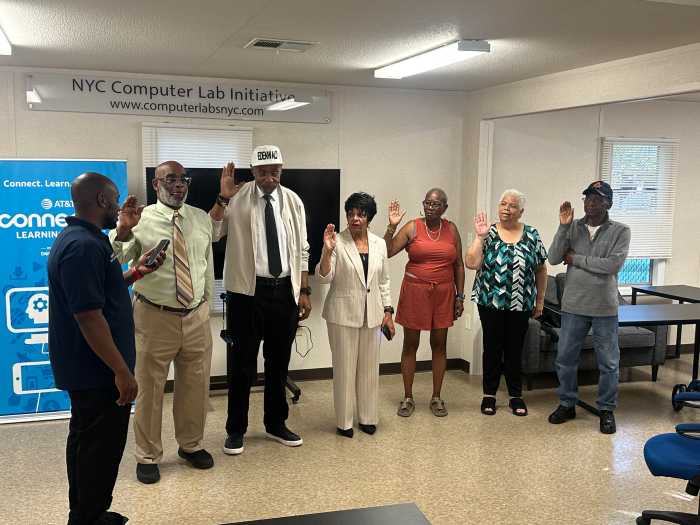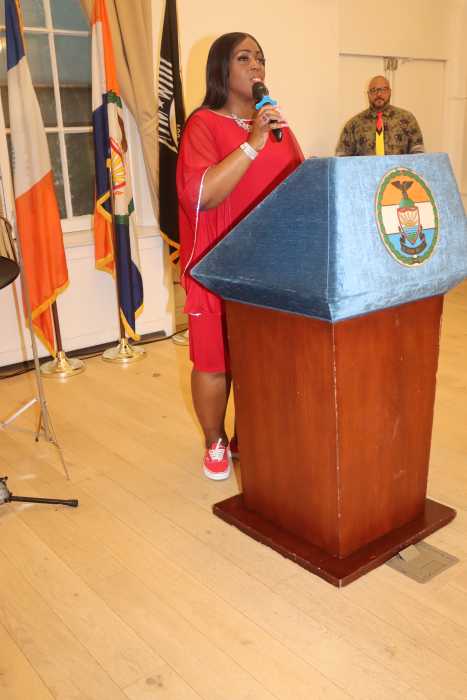Prolific independent queer filmmaker Todd Verow’s latest feature, the intriguing, ambiguous thriller, “You Can’t Stay Here,” unfolds largely in Central Park’s famous cruising area, the Ramble. It is in this magical hothouse environment where Rick (Guillermo Díaz), a photographer, shoots various people while the promise of sex hangs thick in the air.
But when Rick takes a picture of what may be a murder, he is haunted by Adam (Justin Ivan Brown), the man he thinks is responsible for the crime (and possibly others). Is Rick right, or is it all in his head? “You Can’t Stay Here” teases out the possibilities. It is a canny approach that leaves things open to interpretation.
In a recent interview, Verow and Díaz spoke with Gay City News about cruising and their stylish new film, “You Can’t Stay Here.”
Todd, the film contains a credit, “Inspired by actual events.” What inspired this film?
Todd Verow: It is loosely based on a real serial killer who existed in the early 1990s New York. It is also inspired by New York in the early 1990s.
Can you talk about creating the mystery and ambiguities in the film? There are dream sequences, unclear photographs, and other uncertainties. The tension comes from not knowing who to trust, or knowing what is real.
Verow: I was thinking a lot about point of view. The entire film takes place pretty much through Rick’s point of view. I also thought about memory and how unreliable it can be — how we invent things, or gloss over things we don’t want to think about. Saying “inspired by actual events” — what is an actual event? It is all subjective, and all from someone’s point of view. That interested me, that ambiguity. I think there are about seven different interpretations of the film, and they are all valid. So watch it many times!
Guillermo Díaz: A lot of it was ambiguous to me as well. I love that the film lets the audience decide what possibly is real, and what isn’t real. Are these manifestations of my character? Is he really the killer? It is a stylized film, like an abstract painting, that leaves you wondering and thinking and having conversations.
What decisions did you make about the depictions of sex and cruising?
Verow: The movie really is about cruising. The thing with cruising is that it not as much about sex, as it is about being in a sexual environment, and possibility of sex. Sex is almost something you don’t want to happen. You want to prolong things and stay in that state of arousal. That was important to me. Often, when you see movies about cruising, it is about sex and getting off, but that’s not what cruising is about.
Díaz: There are two different types of cruisers: the ones out there to get off quickly, and the others who will be really cruising. They will get others off, but not get off themselves because it ends that exhilaration. I love that the film isn’t just about getting off and the sex.
The film features some nifty images, from superimposed scenes to a dizzying shot that is meant to disorient Rick and the viewer. Can you talk about your visual approach to the story?
Verow: The Ramble in Central Park is such a magical otherworldly place. It was almost like it was built for cruising. I was inspired by that. When you go cruising, you enter this timeless world, and don’t know how long you’ve been there. This disorientation of going through that archway and entering this other world inspired me. As it progresses, Rick gets more and more disoriented and that’s why I wanted the camerawork to get a little crazier as it goes on. We get more inside his head.
As Rick cruises, he observes more than he participates. How would you describe Rick’s thoughts or attitudes about sex? He does pleasure himself in one scene. But he is more interested in the chase than the act.
Díaz: Part of him is still struggling [with his sexuality]. He was married and has a son. Going to the park and cruising and getting off with guys is all still very taboo for him — as it was for me growing up and discovering my sexuality. That is exciting for him. He gets addicted to cruising, and going back and its exciting — who is he going to meet? Is he going to get strangled or get the best blow job of his life?
What observations do you have about Rick’s non-sexual encounters? He absorbs, but does not judge the raccoon man, or Hale (Becca Blackwell) or the businessman (Jack Waters), but he does feel threatened by Adam. How does he process other people?
Díaz: Rick is a photographer, so he is very much a voyeur, which explains how he interacts with other characters — the man on bicycle, or the hot guy who strips down to a jockstrap. Rick is excited about capturing moments with this lens. He’s a very much a watcher and observer.
Verow: Men have always been this elusive thing Rick has wanted. Being a photographer, that is his way in. I can take pictures from afar — I want to be involved with them, but I can’t.
Todd Verow and Guillermo Díaz and other cast members will be doing Q&A for the evening shows on Friday 1/5, Saturday 1/6, and Sunday 1/7. For more details visit ifccenter.com.
“You Can’t Stay Here” | Directed by Todd Verow | Opening January 5 at the IFC Center | Distributed by Bangor Films.

